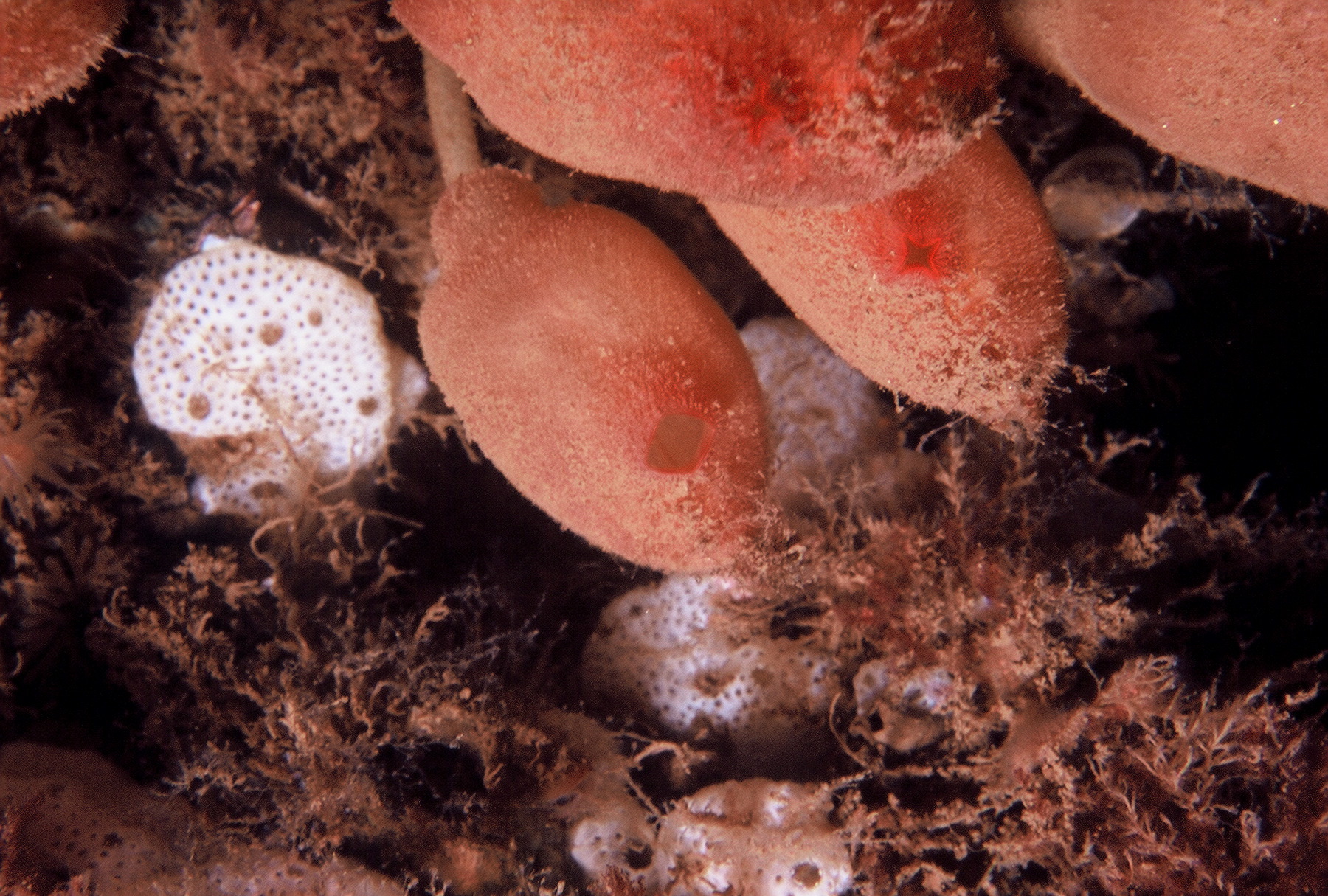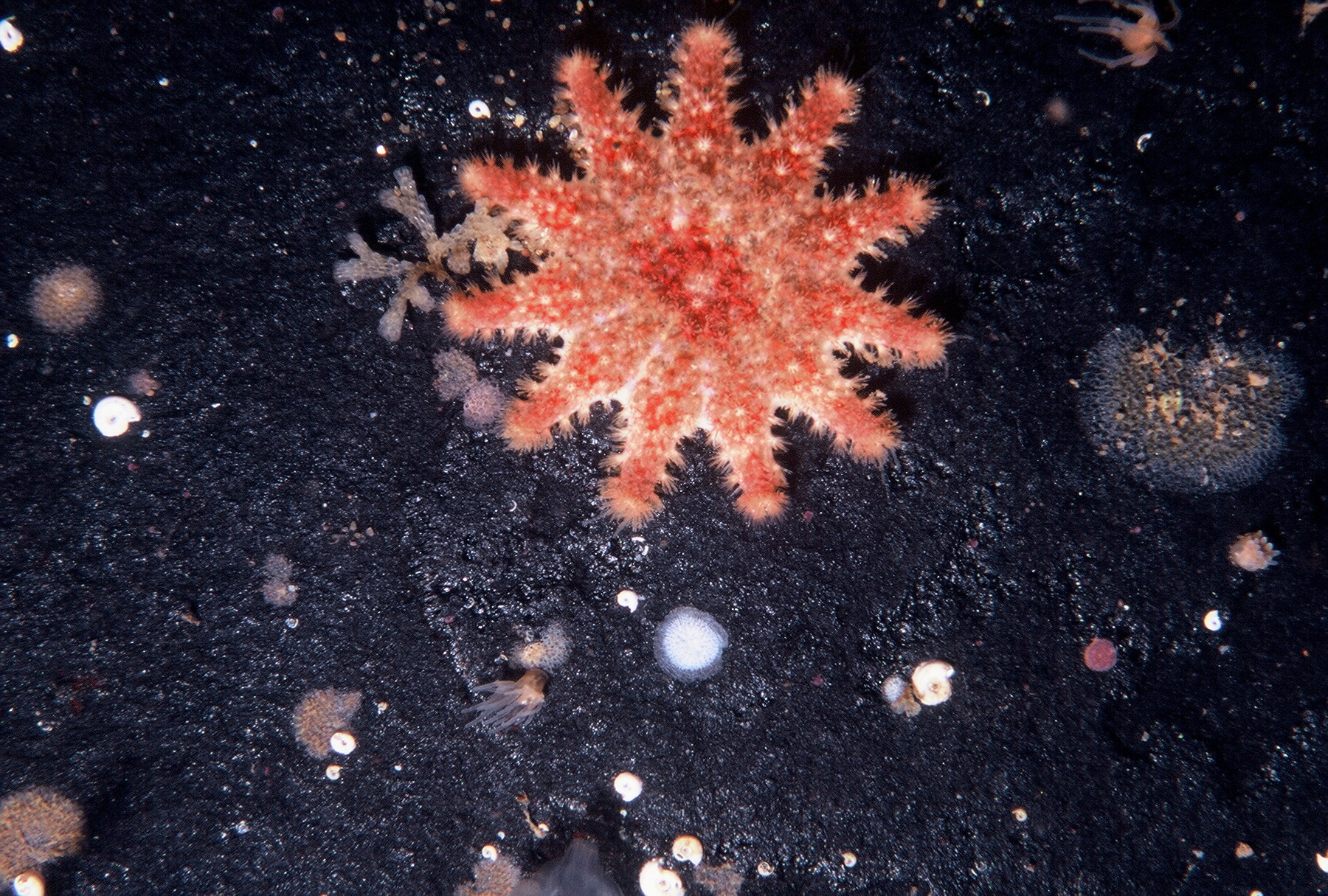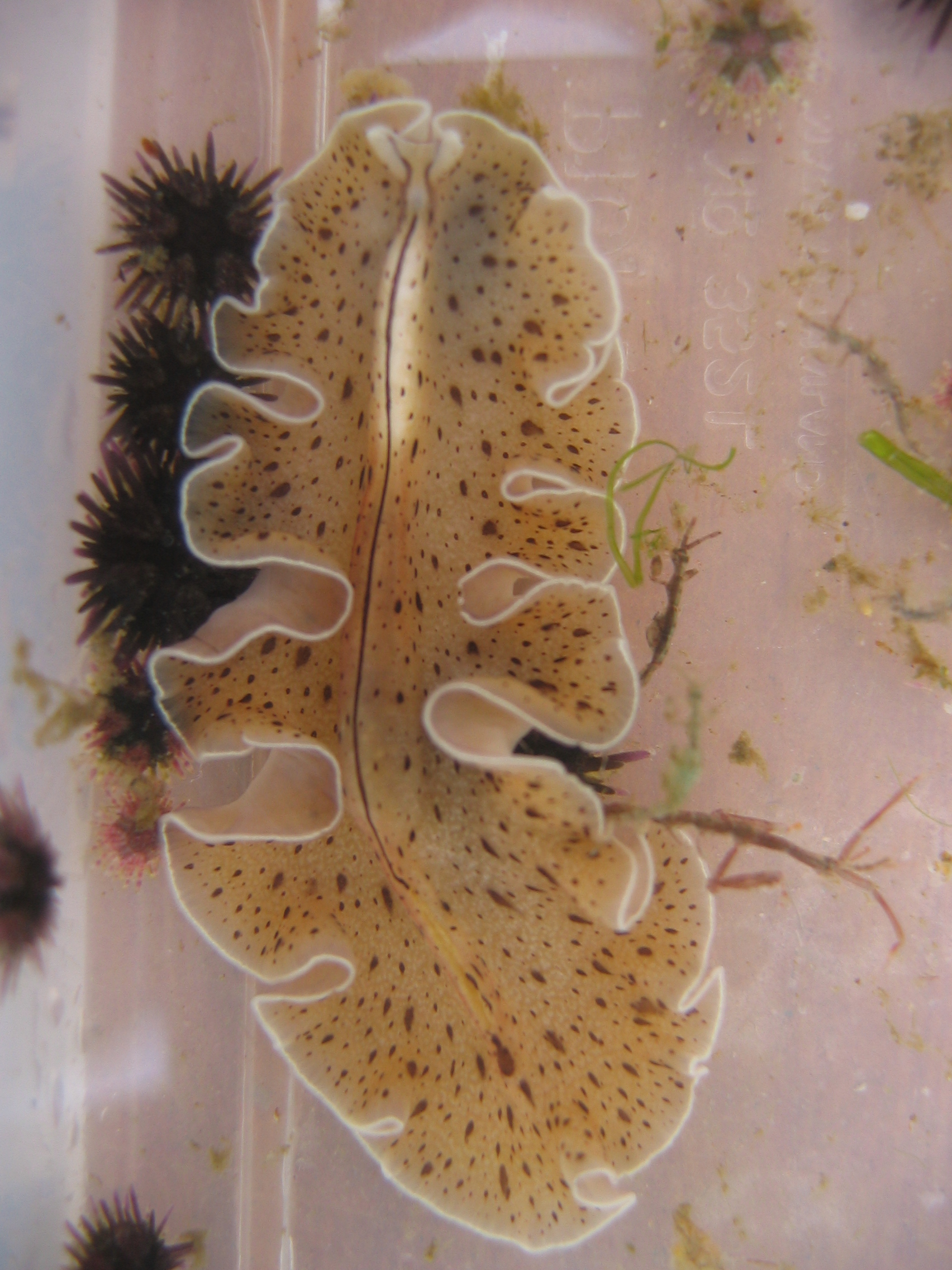Determining the effect of the physical environment on social behavior and community composition
Understanding how environmental conditions influence phenology, development, and community composition is important for predicting effects of climate change on species abundance, range expansions/contractions, and community dynamics, as well as for understanding how adult animal behavior may change in response to changing climate conditions. We approach this broad research objective from two angles- we study how variation in physical rearing environment drives within-species variation in mating behavior and vision using butterflies, and how annual abiotic (temperature, light, and precipitation) patterns influence community composition and phenology in butterfly (terrestrial) and sessile benthic communities (marine), with focus on colonial ascidians. Our benthic ecology work is largely done in collaboration with Dr. Jennifer Dijkstra at the University of New Hampshire.
Relevant Publications
Hirzel, G.E., Brady, N.K., Reed, R.D., Westerman, E.L. (2024) Synchronous seasonal plasticity in colouration, behaviour, and visual gene expression in a wild butterfly population BioRxiv (preprint). Doi: 10.1101/2024.06.15.598356 pdf
Hirzel, G.E., Anderson, A.E., Westerman, E.L. (2023) One size does not fit all: Family specific differences in seasonal patterns of abundance and behavior in butterfly communities. BioRxiv (preprint). Doi: 10.1101/2023.05.22.541638 pdf
Murphy, M.J., Westerman, E.L. (2022) Evolutionary history limits species’ ability to match color sensitivity to available habitat light. Proceedings of the Royal Society B. Doi: 10.1098/rspb.2022.0612 pdf
Dijkstra, J.*, Westerman, E.*, Harris, L., (2017) Elevated seasonal temperatures eliminate thermal barriers of reproduction of a dominant invasive species: A community state change for northern communities? Diversity and Distributions 23(10) 1182-1192 Doi: 10.1111/ddi.12604 pdf *co-first authors
Westerman, E.L., Monteiro, A. (2016) Rearing temperature influences adult response to changes in mating status. PLoS ONE Doi: 10.1371/journal.pone.0146546 pdf
Dijkstra, J., Westerman, E., Harris, L.G. (2011) The effects of climate change on species composition, succession and phenology: A case study. Global Change Biology 17: 2360-2369. Doi: 10.1111/j.1365-2486.2010.02371.x pdf
Westerman, E., Dijkstra, J., Harris, L.G. (2009) High natural fusion rates in a botryllid ascidian. Marine Biology 156(12): 2613-2619. Doi: 10.1007/s00227-009-1287-x pdf
Westerman, E. Whitlatch, R., Dijkstra, J., and Harris, L.G. (2009) Variation in brooding period masks similarities in response to changing temperatures. Marine Ecology Progress Series 391:13-19. Doi: 10.3354/meps08107 pdf
Dijkstra, J., Dutton, A+., Westerman, E., Harris, L.G. (2008) Heart rate reflects osmotic stress levels in the two introduced colonial ascidians Botryllus schlosseri and Botrylloides violates. Marine Biology 154(5): 805-811. Doi: 10.1007/s00227-008-0973-4 pdf
Dijkstra, J., Harris, L.G., Westerman, E. (2007) Distribution and ecology of four colonial ascidians: Botryllus schlosseri, Botrylloides violates, Diploma listerianum and Didemnum sp. in the Gulf of Maine. Journal of Experimental Marine Biology and Ecology 342: 61-68. Doi: 10.1016/j.jembe.2006.10.015 pdf
These materials are not endorsed, approved, or provided by or on behalf of the University of Arkansas




